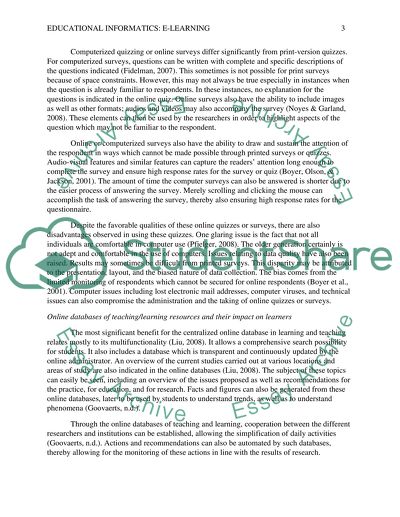Cite this document
(“Educational Informatics: e-Learning Research Paper”, n.d.)
Educational Informatics: e-Learning Research Paper. Retrieved from https://studentshare.org/nursing/1487416-educational-informatics-e-learning
Educational Informatics: e-Learning Research Paper. Retrieved from https://studentshare.org/nursing/1487416-educational-informatics-e-learning
(Educational Informatics: E-Learning Research Paper)
Educational Informatics: E-Learning Research Paper. https://studentshare.org/nursing/1487416-educational-informatics-e-learning.
Educational Informatics: E-Learning Research Paper. https://studentshare.org/nursing/1487416-educational-informatics-e-learning.
“Educational Informatics: E-Learning Research Paper”, n.d. https://studentshare.org/nursing/1487416-educational-informatics-e-learning.


